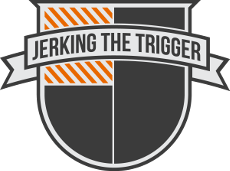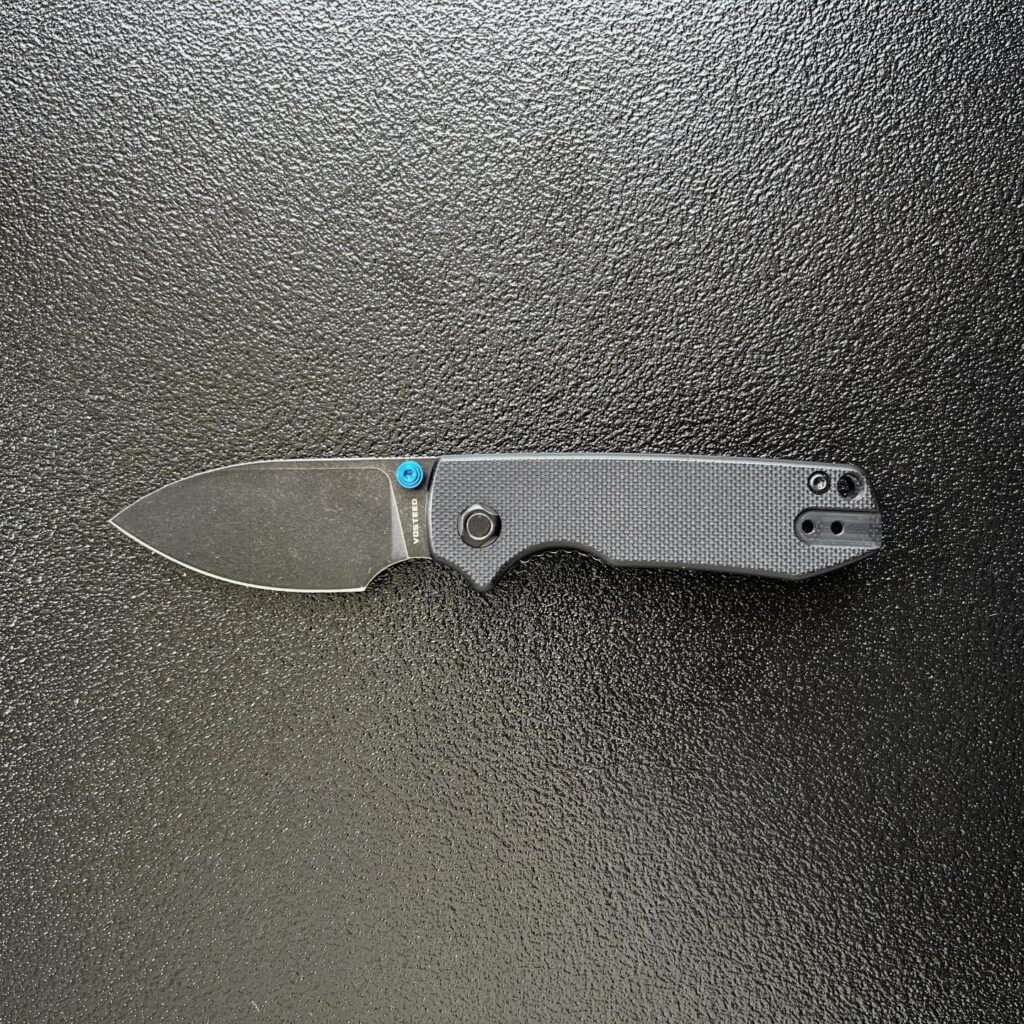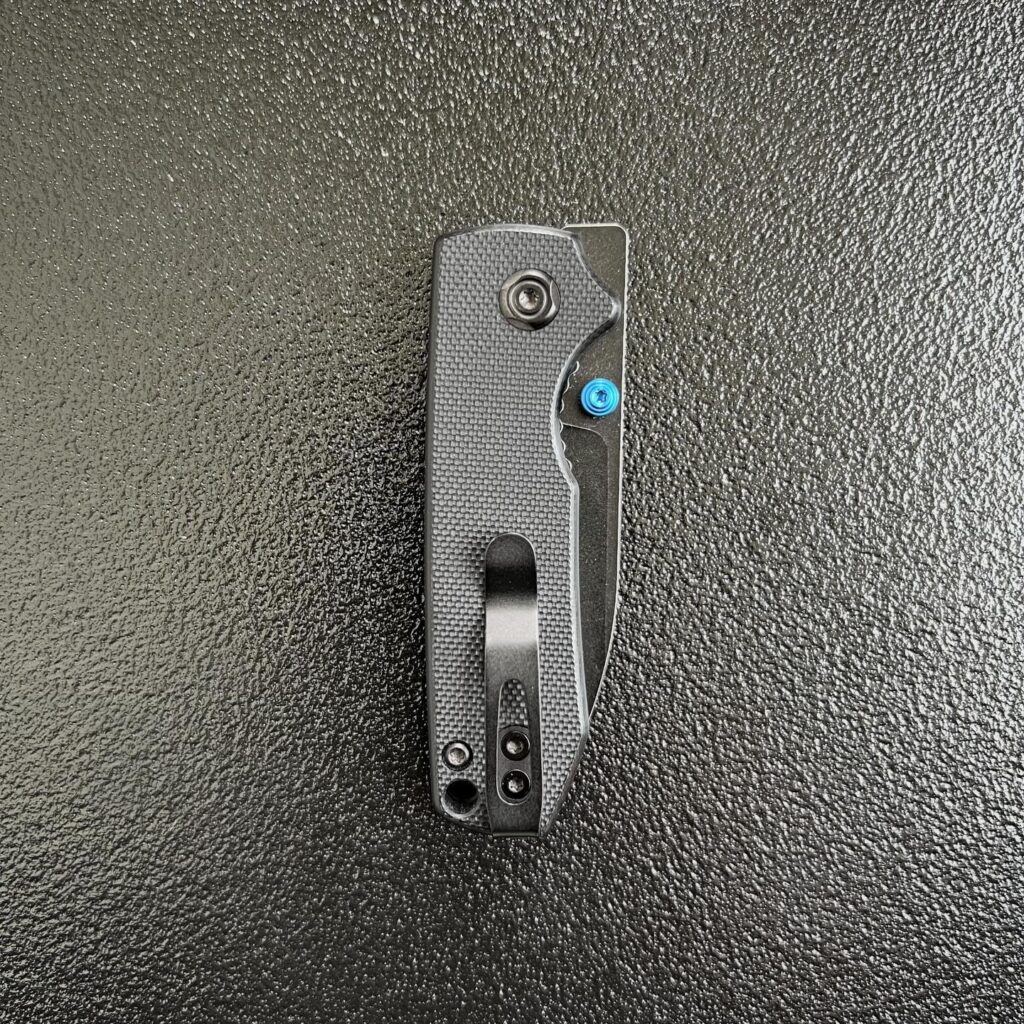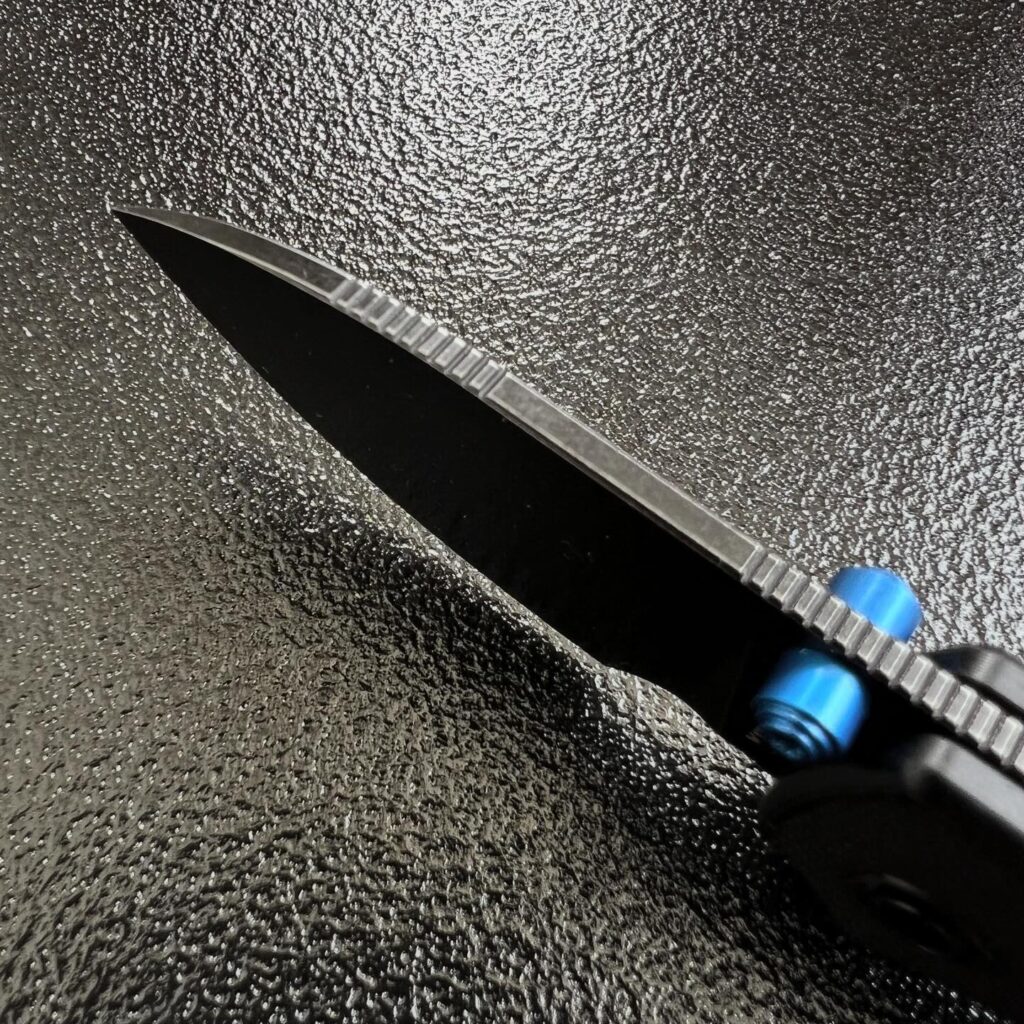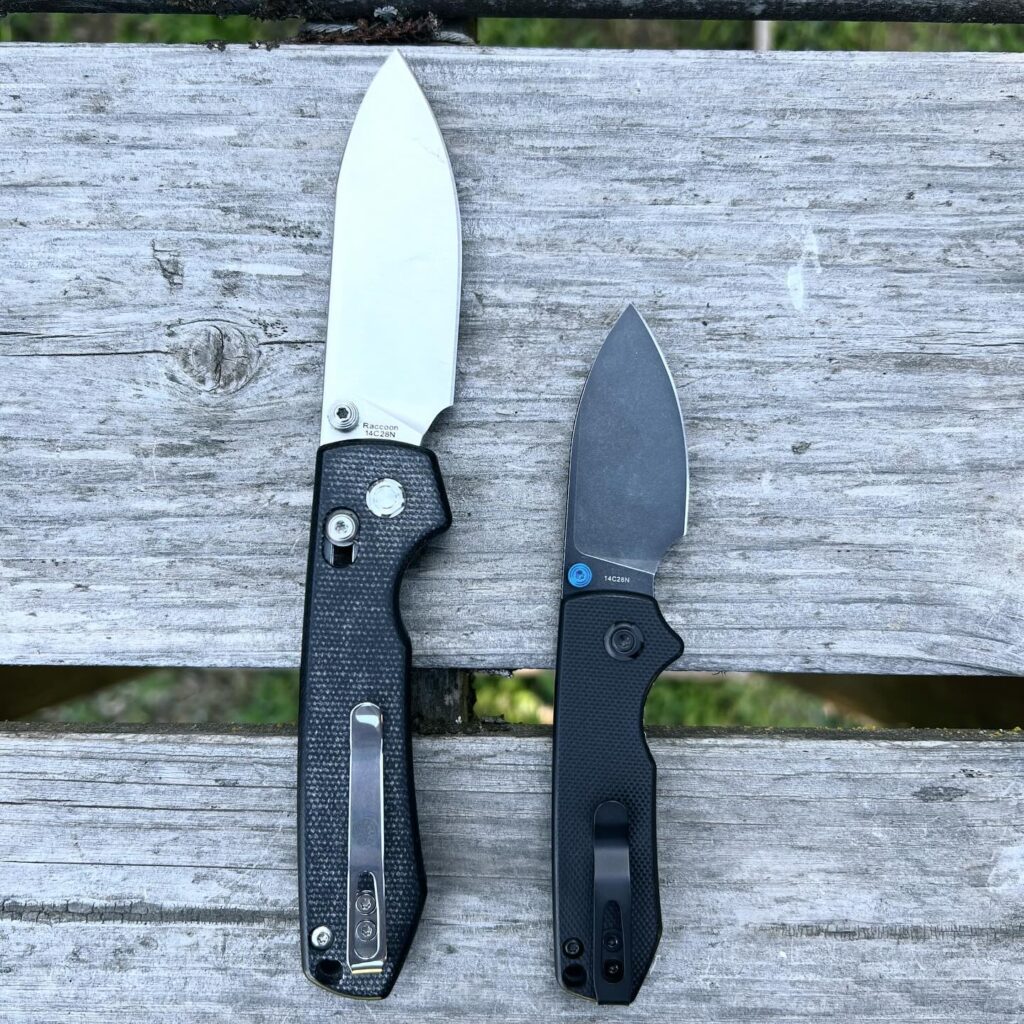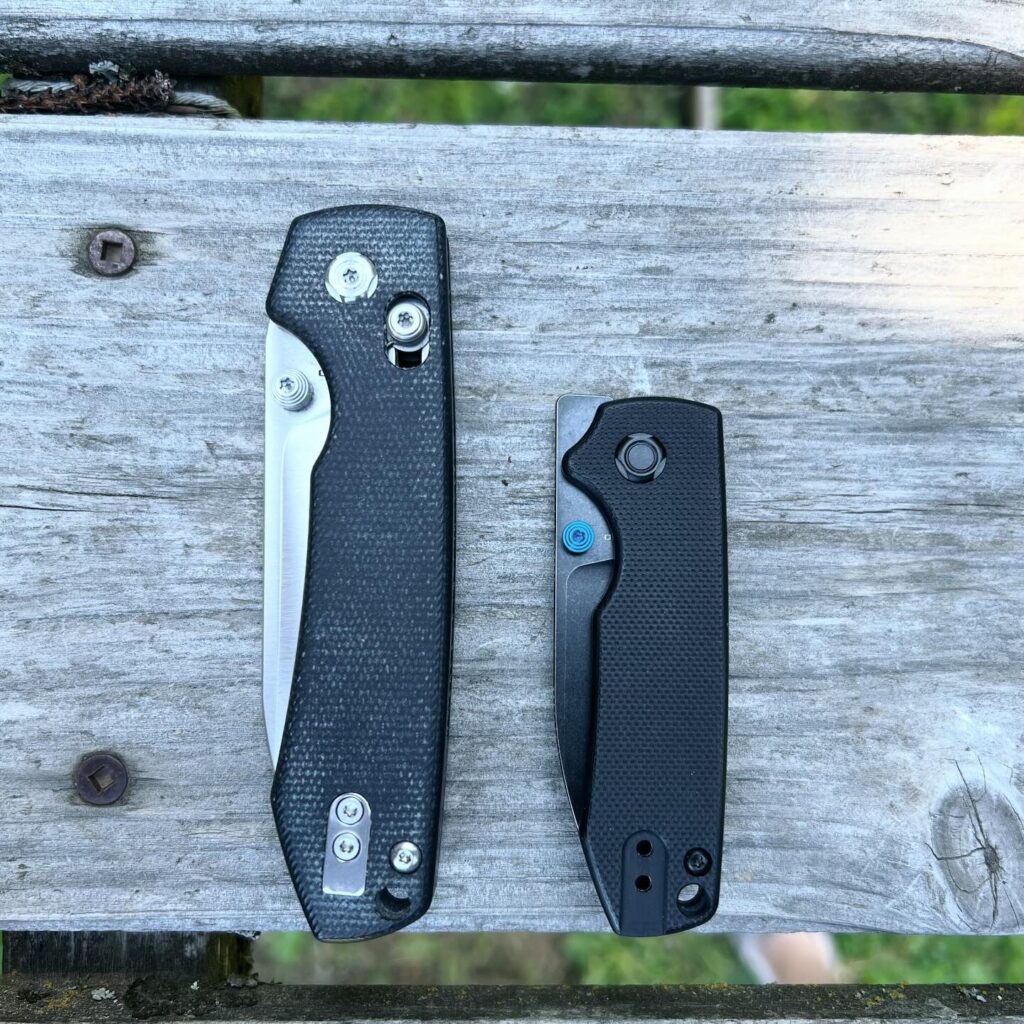The Jacob Lundquist designed Kizer Banish has been available for a while now. Kizer recently introduced multiple new versions of this excellent fifth pocket knife with new Nitro-V steel, new handle scale options, and an even more affordable price. If you like small, useful EDC folders… tune in. This is a great one.

Specs
- Overall Length: 5.4″/137.1mm
- Designer: Jacob Lundquist
- Opener: Thumb Hole, Front Flipper
- Blade Style: Sheepsfoot
- Blade Length: 2.30″/58.5mm
- Blade Thickness: 0.098″/2.5mm
- Blade Material: Nitro V
- Handle Length: 3.09″/78.6mm
- Handle Material: Various
- Pocket Clip: Deep Carry, Reversible
- Weight: 2.01oz/57.1g
- Lock Type: Button Lock
- Hardness: 61.5-62

Observations from Use
Anyone can design a small knife but not everyone can make one that is easy to live with. Small knives can be very hard to open, close, or even hold effectively when you have adult-sized hands. This is where the Banish shines – it makes everything easy.
It’s easy to open and close. The button lock makes both opening and closing easy. It’s the perfect lock choice for a small knife like this. The proportionally large blade opening hole, and relief cut/finger groove to provide access, means this knife can easily be flicked open with a thumb or middle finger. Additionally, the front flipper works shockingly well on this knife.
It’s easy to grip. The most stylish visual element of the Banish (and other well known other Lundquist designs) is the swayback design. This isn’t all for looks though. The shape, coupled with the pronounced finger groove, serves to lock this little knife into your grip in a surprising way. It’s perfect for the sort of quick, little cuts you might make with an EDC-oriented knife like this.
It’s easy to, you know, cut stuff with. The Banish has a super-slicey, thin sheepsfoot-shaped blade. This means you have plenty of cutting leverage and an easy-to-access, needle-sharp point. It’s exactly what you want in an EDC knife that is well-suited to use as a secondary knife.
It’s easy on your wallet. These are $42. That’s amazing when many of the other small knives that work as well as this one are $50 or more.
It’s easy to decide on a handle scales options. Maybe… but maybe not. The Banish is available with a variety of options but Kizer’s red linen micarta is so, so good. It offers plenty of grip without being aggressive. It also looks great, starting out looking brown/tan and gradually darkening into a rich red-brown with use.

Wrap Up
As you likely know by now (because it seems like I mention it in every one of these compact knife reviews), I frequently carry a fixed-blade knife. So, I am always on the lookout for a great small folder to carry as a “Public Knife”. The Kizer Banish is PERFECT in this role. It’s a top-tier compact folder that oozes style and it’s an incredible value. I think it goes on the Rushmore of fifth-pocket knives.
I also want to mention that my daughters love this knife. It is small enough to fit the pockets in lady’s pants, easy for them to operate (even the front flipper), and I like that the lock is “finger safe” since they are still learning to be confident with knife safety. This would make a great gift.
Kizer Banish on Kizer.com
Kizer Banish on Amazon.com

The above links may be affiliate links. Thank you for Kizer for providing this review sample.
